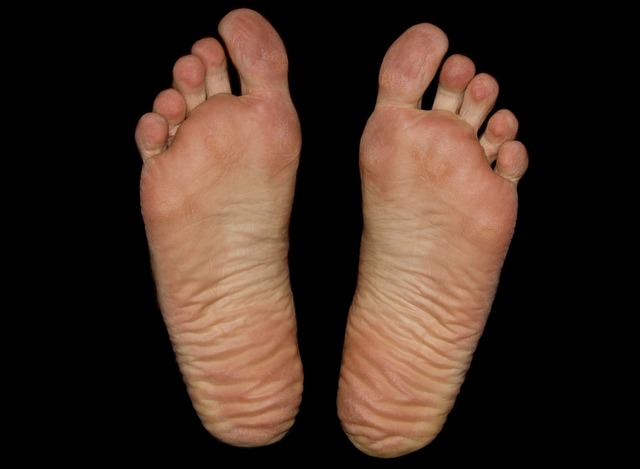Fungal nail infections and athlete’s foot are common fungal conditions. Another name for athlete’s foot is tinea pedis. It is a contagious infection typically affecting the skin between the toes.
The infection causes redness, burning, and itching, which results in peeling, blistered, or cracked skin. Fungal infections affect the nails and cause brittleness, thickening, and discoloration.
These infections are complex and stubborn, and long-term therapy is often required. Knowing the difference between fungal nail infections and athlete’s foot is essential for proper diagnosis.
Overview of Fungal Nail Infections and Athlete’s Foot
Onychomycosis, or fungal nail infections and athlete’s foot, are common fungal infections affecting the toenails and skin between the toes, usually sweaty and moist. Fungal infections spread in communal areas, such as showers and locker rooms, where the fungus contaminates the floors and spreads to other people.
Athlete’s foot leads to toenail fungus if left untreated. Yeast and mold cause nail infections, especially in moist areas. Wearing tight-fitting socks and shoes, a weakened immune system, psoriasis, and diabetes help trigger nail fungus. Nail changes may affect several nails and take a long time to clear. Without proper treatment, reinfection is common.
Athlete’s Foot
A proper podiatrist or podiatric clinic diagnosis is essential for effectively treating athlete’s foot. Treatment includes laser treatment, oral antifungal medicine, or topical antifungal medication. Taking measures to prevent reinfection and following the prescribed treatment plan is essential. It is recommended to keep feet dry and clean, avoid walking barefoot in communal spaces, and wear breathable socks to keep feet healthy.
Fungal Nail Infections
Various options are available to treat fungal nail infections, including laser treatment, antifungal medicines, and topical medication. Anytime Doctor offers a topical solution and two oral antifungal medications. These treatments may take a while to show results and may have side effects. It is essential to consult a podiatric specialist or podiatry clinic to determine the best course of treatment.
Treatment for Athlete’s Foot
Many people develop athlete’s foot at some point, particularly those who sweat or have not properly washed their feet. A common symptom is nail discoloration, typically brown. If you notice parts of the toenails becoming discolored and suspect you have athelete’s foot, it is best to seek a diagnosis from a healthcare provider.
Without treatment, athlete’s foot causes uncomfortable symptoms. To treat the bacterial infection properly, a healthcare provider may prescribe a prescription-strength antifungal medication or tea tree oil for mild cases. It is essential to clip the nails straight, and applying an orthotic or antifungal cream to the affected areas is critical.
Treatment of Fungal Nail Infection
Among the best treatments for fungal nail infection is applying an antifungal medication available over the counter or prescribed by a doctor. Some natural remedies like tea tree oil help combat the infection.
It is essential to keep feet dry and clean by washing them regularly and thoroughly after sweating. Cutting the nails straight across helps prevent the spread of the infection. In some severe cases, a healthcare provider may recommend orthotic devices or prescription-strength medications to help alleviate symptoms.
If the infection does not respond to treatment, consult a physician to rule out underlying health conditions like liver disease. The correct diagnosis and treatment can effectively manage fungal nail infections.


